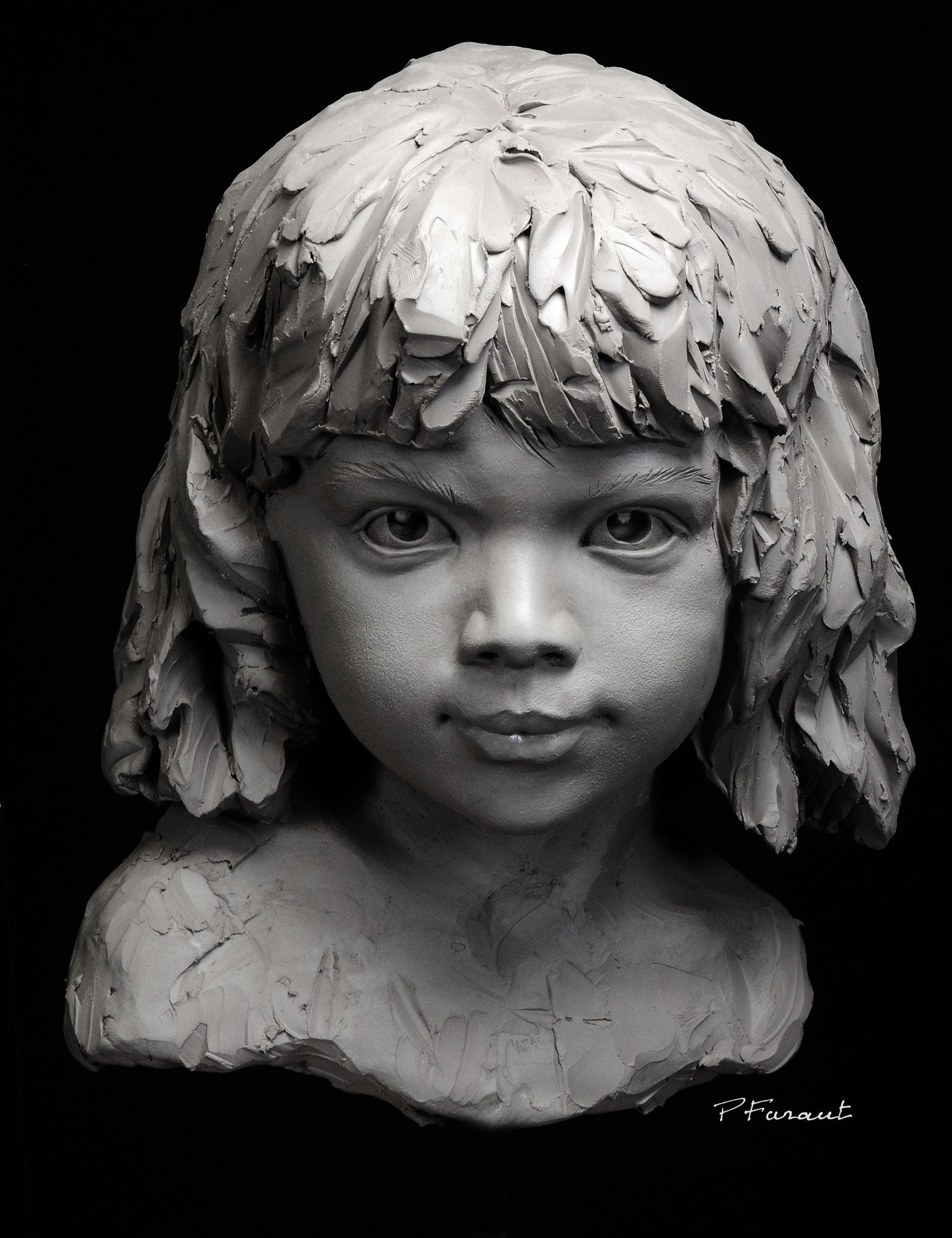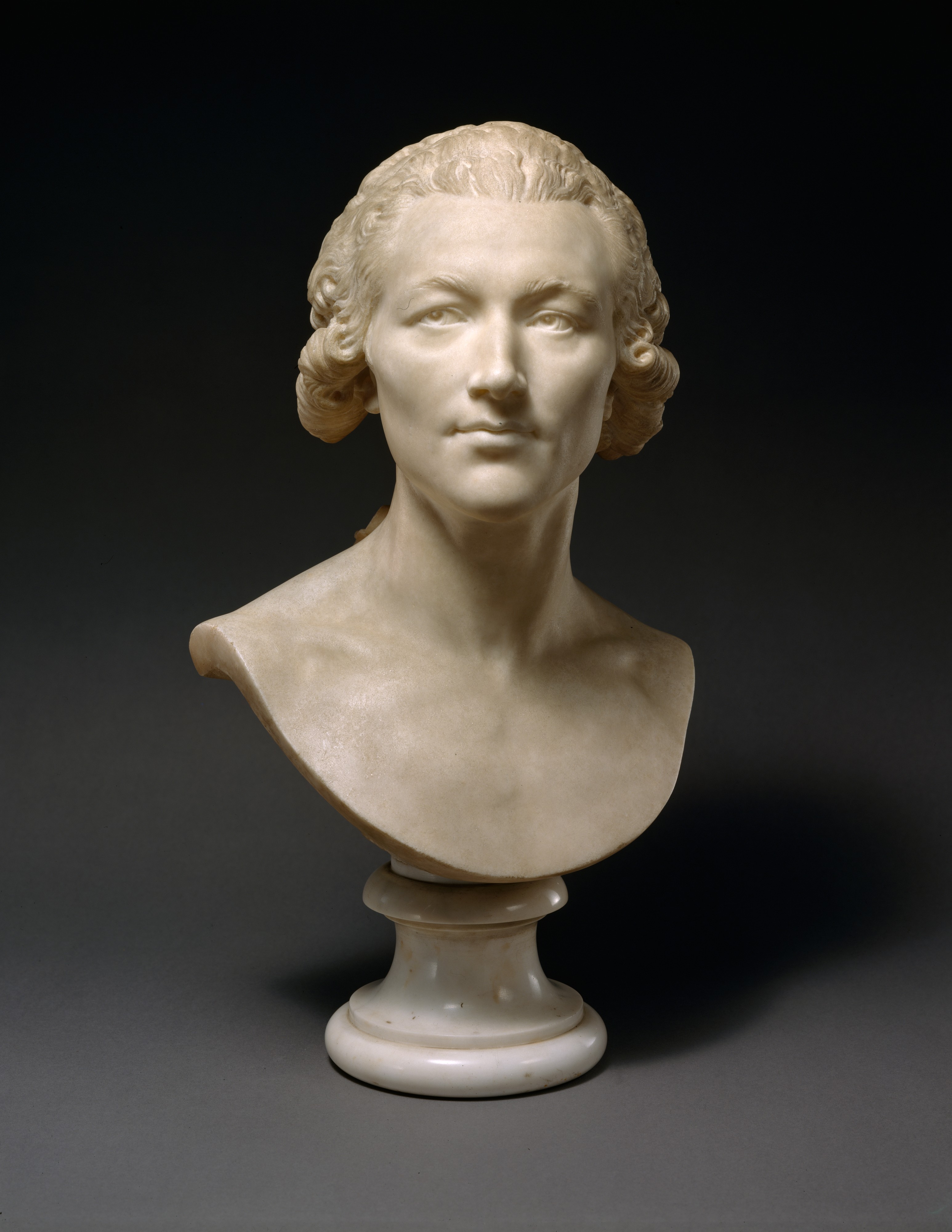Poise moving: Discover the Elegance of Equine Sculptures
The Impact of Nature in Sculpture Art
The impact of nature in sculpture art is a topic that has actually astounded musicians throughout background. From old human beings to modern musicians, the environment has acted as a profound resource of ideas. This impact is apparent in the organic types and shapes that are often discovered in sculpture, imitating the curves and contours of nature. Sculptors also check out structure and products in their job, looking for to recreate the responsive high qualities of the environment. Importance of natural environments is another means in which nature affects sculpture, as artists imbue their creations with the meaning and organizations intrinsic in these elements. The environment itself, with its landscapes, vegetation, and fauna, is frequently reflected in sculptures, supplying a connection to the world around us. Inevitably, sculpture art has the power to catch the transience of nature, freezing a minute in time and allowing us to value its charm .
Organic Types and Forms
Organic forms and forms, influenced by the harmonious frameworks and detailed patterns found in nature, play an essential duty in the world of sculpture art. Sculptors have long been captivated by the charm and complexity of the all-natural world, finding inspiration in the graceful curves of a seashell, the delicate flowers of a flower, or the twisting branches of a tree. By copying and abstracting these organic types, artists have the ability to produce sculptures that evoke a sense of consistency and equilibrium.
One of the factors organic forms and forms are so common in sculpture art is their capability to get in touch with visitors on a deep psychological level. The natural world recognizes to us all, and when we see these kinds represented in art, it evokes a feeling of comfort and recognition. It reminds us of our area in the grand scheme of things and allows us to get in touch with something higher than ourselves.
Furthermore, organic types and shapes in sculpture art frequently personify a feeling of motion and power. The flowing lines and dynamic make-ups imitate the consistent activity and development found in nature. This creates a sense of vitality and brings sculptures to life, making them look like if they might remain to evolve and transform prior to our eyes.
Texture and Material Exploration
A substantial facet of sculpture art affected naturally is the expedition of texture and products with making use of different methods and tools. Musicians typically attract motivation from the diverse appearances located in the natural world, such as the harsh bark of a tree, the smooth surface of a stone, or the complex patterns on a fallen leave. By incorporating these textures into their work, sculptors can produce a responsive experience for audiences, welcoming them to involve with the artwork on a sensory level.
Texture can be accomplished in sculpture with a range of methods. Some musicians choose to sculpt or shape straight right into the picked product, developing a three-dimensional surface that simulates the textures found in nature - Robert C Hitchcock Sculptor.
Product exploration is also a substantial component of sculpture art affected by nature. Artists might venture into undiscovered region, seeking new materials that evoke the significance of the environment. For example, they might include all-natural elements like branches, leaves, and even soil into their sculptures, obscuring the limits in between art and the environment. Bronze Sculptures. By pushing the limits of traditional materials and strategies, carvers can develop conceptually rich and visually spectacular jobs that celebrate the elegance and diversity of nature.
Importance of Natural Environments
The unification of natural elements in sculpture art adds a layer of symbolism and deepness to the art work. By making use of materials located in nature, sculptors have the ability to imbue their developments with meaning that resonates with customers on a profound level. All-natural elements such as timber, rock, and plants have been utilized throughout background to share different symbolic messages.
Wood, for instance, often represents growth, stamina, and resilience. Sculptures crafted from this material can evoke a feeling of connection to the planet and the cycles of life. Rock, on the various other hand, is often connected with permanence and endurance. Sculptures sculpted from stone can represent the ageless nature of specific concepts or principles.
Plants and flowers are likewise frequently integrated right into sculpture art, standing for themes of charm, renewal, and growth. The fragile petals and dynamic shades of flowers can stimulate feelings of happiness, while the intertwining branches of plants can signify interconnectedness and unity.
In addition to these all-natural products, sculptors may also use natural components such as wind, water, or fire to further boost the symbolic message of their artwork. These components can stand for the transformative power of nature, the passage of time, or the pressures that form our world.

Representations of the Setting
Representations of the Environment can be seen in sculpture art through the consolidation of all-natural aspects and the representation of ecological styles. Artists frequently draw motivation from the environment, making use of products such as wood, stone, or perhaps recycled materials to create their art work. By utilizing these natural environments, they not only admire the atmosphere but additionally create a stronger link between the art work and its environments.
Along with the products used, sculpture art likewise mirrors the environment via the representation of eco-friendly styles. Numerous carvers choose to portray pets, plants, or landscapes in their work, highlighting the elegance and frailty of the all-natural world. These sculptures function as pointers of the value of maintaining our atmosphere and the need for sustainable practices.

Furthermore, environmental sculptures usually intend to increase understanding concerning pushing environmental concerns. They serve as graphes of the effect of human tasks on the setting, such as air pollution, climate, or logging change. By portraying these problems in their artwork, carvers really hope to inspire audiences to do something about it and become more aware of their very own environmental footprint.
Catching the Transience of Nature
Sculpture musicians even more check out the influence of nature by masterfully catching the ephemeral and ever-changing elements of the natural world. Via their virtuosity, these musicians intend to show the fleeting appeal and transience of nature, stimulating a feeling of marvel and consideration in viewers.
One means in which sculpture artists capture the transience of nature is by using products that are themselves subject to degeneration and modification. As an example, artists might select to deal with natural products such as fallen leaves, flowers, or wood, which normally deteriorate in time. This calculated choice highlights the brevity of nature and advises us of the unavoidable cycle of life and death.
Furthermore, sculpture artists commonly employ strategies that create a feeling of activity and fluidness in their work. By integrating streaming lines and vibrant forms, they communicate the ever-changing nature of the natural world. This can be seen in sculptures inspired by wind, water, or the growth of plants, where the musician seeks to capture the essence of constant motion and change.
Additionally, some musicians choose to develop site-specific or short-lived installments that interact with the environment. These ephemeral sculptures, made from products such as ice, sand, or light, are purposefully made to slowly vanish or transform in time. By welcoming Full Article the transient nature of their creations, artists welcome audiences to review the short lived elegance of the natural globe and the brevity of human presence.

Verdict
In verdict, nature has an extensive influence on sculpture art (Robert C Hitchcock Sculptor). Structure and product exploration even more enhance the link to nature, as musicians frequently include natural products right into their sculptures.
Importance of natural elements is an additional method in which nature influences sculpture, as musicians imbue their creations with the definition and organizations intrinsic in these components.A substantial element of sculpture art affected by nature is the exploration of appearance and products through the use of various methods and mediums (Portrait Sculptor).Material expedition is additionally a significant part of sculpture art affected by nature.One way in which sculpture musicians capture the transience of nature is by utilizing products that are themselves subject to decay and modification. Texture and material expedition even more improve the connection to nature, as musicians frequently integrate natural products into their sculptures